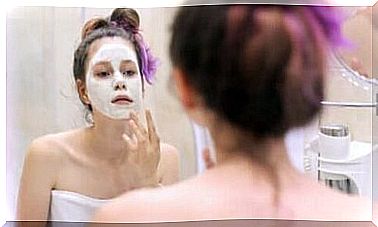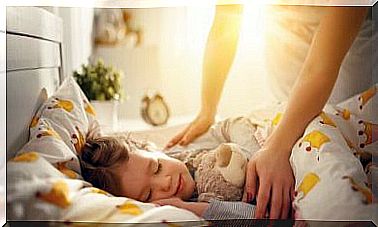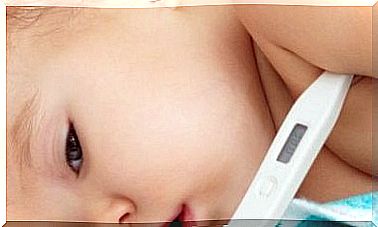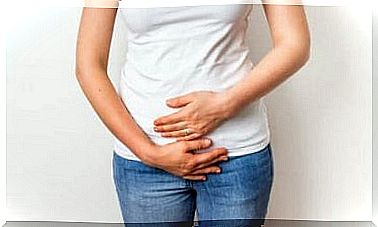Hirsutism Or Excess Hair In Children
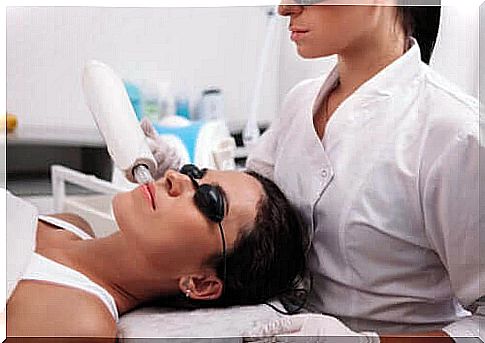
One of the most frequent reasons for dermatological consultations is hirsutism or excess hair in children, primarily for aesthetic reasons.
This pathology affects about 5 to 10% of women. Furthermore, in children, this clinical sign is usually related to precocious puberty. Therefore, we will give more details on the subject below.
What is hirsutism or excess hair?
Hirsutism is the excessive growth of hair in women, following a male pattern after puberty.
What differentiates it from hypertrichosis is its preference for expressing itself in regions of the body that respond to stimuli from androgen hormones.
most frequent places
It greatly affects androgen-dependent areas (male hormones) on both the body and face. Some of the most relevant areas are as follows:
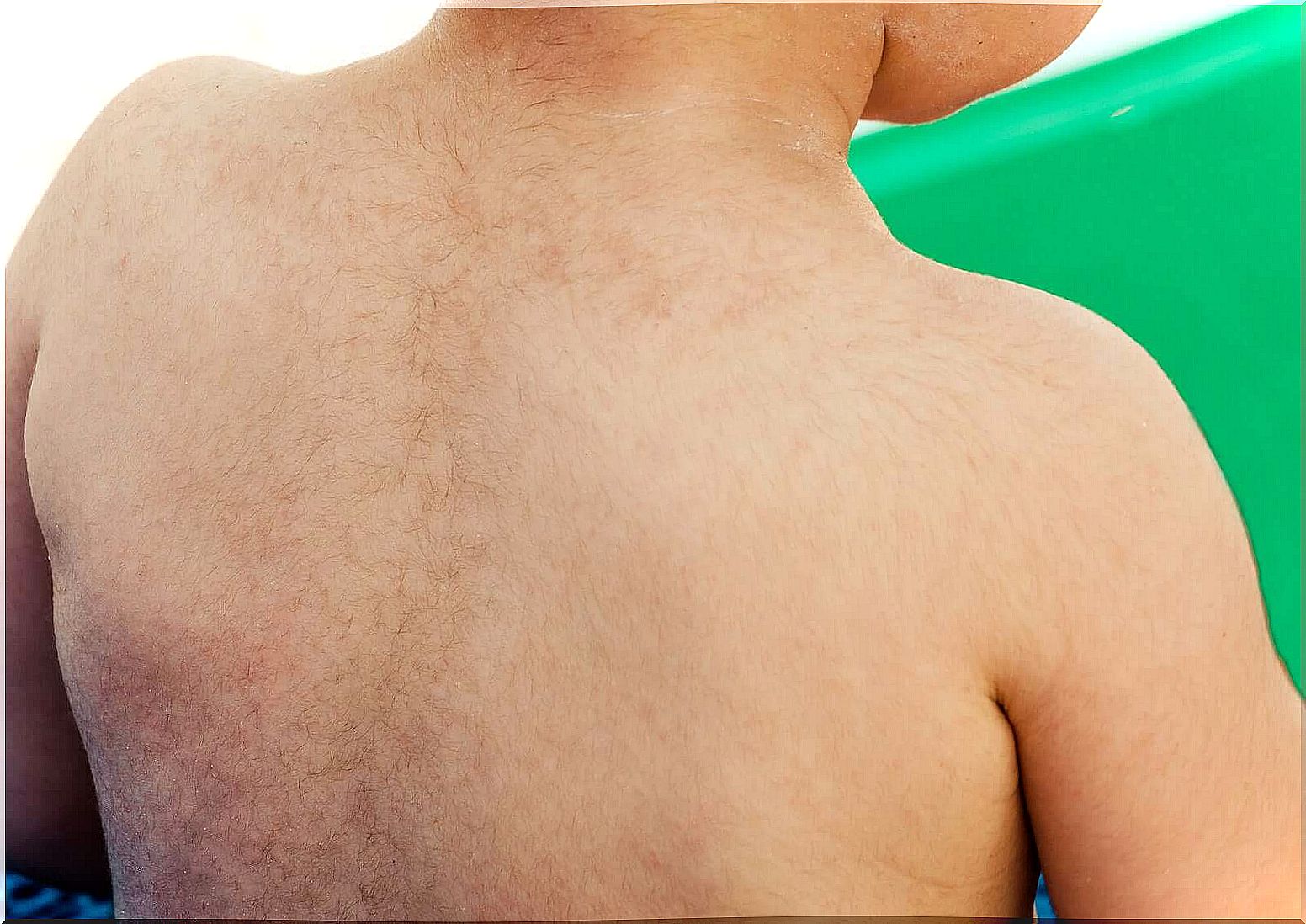
- Thighs.
- Buttocks.
- Pubic hair.
- Mustache and beard.
- Abdomen alba line.
- Supralabial area.
Causes of hirsutism in children
The causes that trigger a picture of hirsutism are varied. This can occur because of hyperandrogenism (adrenal or ovarian in origin), tumors, or metabolic syndrome.
Pathologies that manifest with hirsutism
- Polycystic Ovary Syndrome (PCOS) : it is the most common cause of hirsutism, accounting for 75% of cases. It manifests itself at puberty and, according to studies published in the journal Metabolic Syndrome and Related Disorders , it is accompanied by alterations in the menstrual cycle, weight gain, dyslipidemia, insulin resistance, acne and acanthosis nigricans.
- Androgen-secreting tumors : this cause is rare, however, there are cases in which an abnormal tumor is present. They regulate themselves autonomously, without depending on the hypothalamic-pituitary axis.
- Non-classical adrenal hyperplasia : it is the most common cause of adrenal hyperandrogenism. In addition, it is an autosomal recessive disorder that causes partial 21-hydroxylase deficiency. It is usually accompanied by high blood pressure, altered blood glucose levels, bone and muscle weakness, and also headache.
- Medications : There are many medications that cause hirsutism: androgens, glucocorticoids, vasodilators (minoxidil), cyclosporine, danazol, progestins and estrogens. Several of these medications also cause hypertrichosis.
- Endocrinopathies : in this type of pathology, the presence of hirsutism is not as relevant as that of other signs and symptoms of the clinical picture. Some of the most prevalent endocrinopathies are Cushing’s disease, acromegaly, hyperprolactinemia and thyroid dysfunction.
- Idiopathic hirsutism : This type of hirsutism is seen in people with normal androgen levels, regular menstrual cycles, and normal ovarian morphologies. Therefore, it is a diagnosis of exclusion after eliminating the other etiological possibilities.
How is the diagnosis made?
The main point, during the consultation with the specialist physician, is to analyze whether the hair growth occurred in male distributions or if there is a general increase throughout the body (hypertrichosis).
The severity of a person’s hirsutism is defined according to the Ferriman and Gallwey index, in which nine different areas of the body are analyzed.
Laboratory testing is another useful diagnostic method that will provide detailed information on serum marker values to determine the exact aetiology.
Other common symptoms associated with an increase in androgens include menstrual irregularities, acne, frontal alopecia, and temporary recession of the hairline.
How is hirsutism in children treated?
The proposed treatment for hirsutism will be conditioned by its etiology, the patient’s age, and existing concomitant signs and symptoms. In cases where it was caused by a drug, when eliminating the drug, the condition usually disappears.
Oral therapy is indicated when hyperandrogenism is confirmed through various laboratory tests. According to studies published in the Indian Journal of Dermatology , it is concluded that oral contraceptives are the first-line treatment for hirsutism.
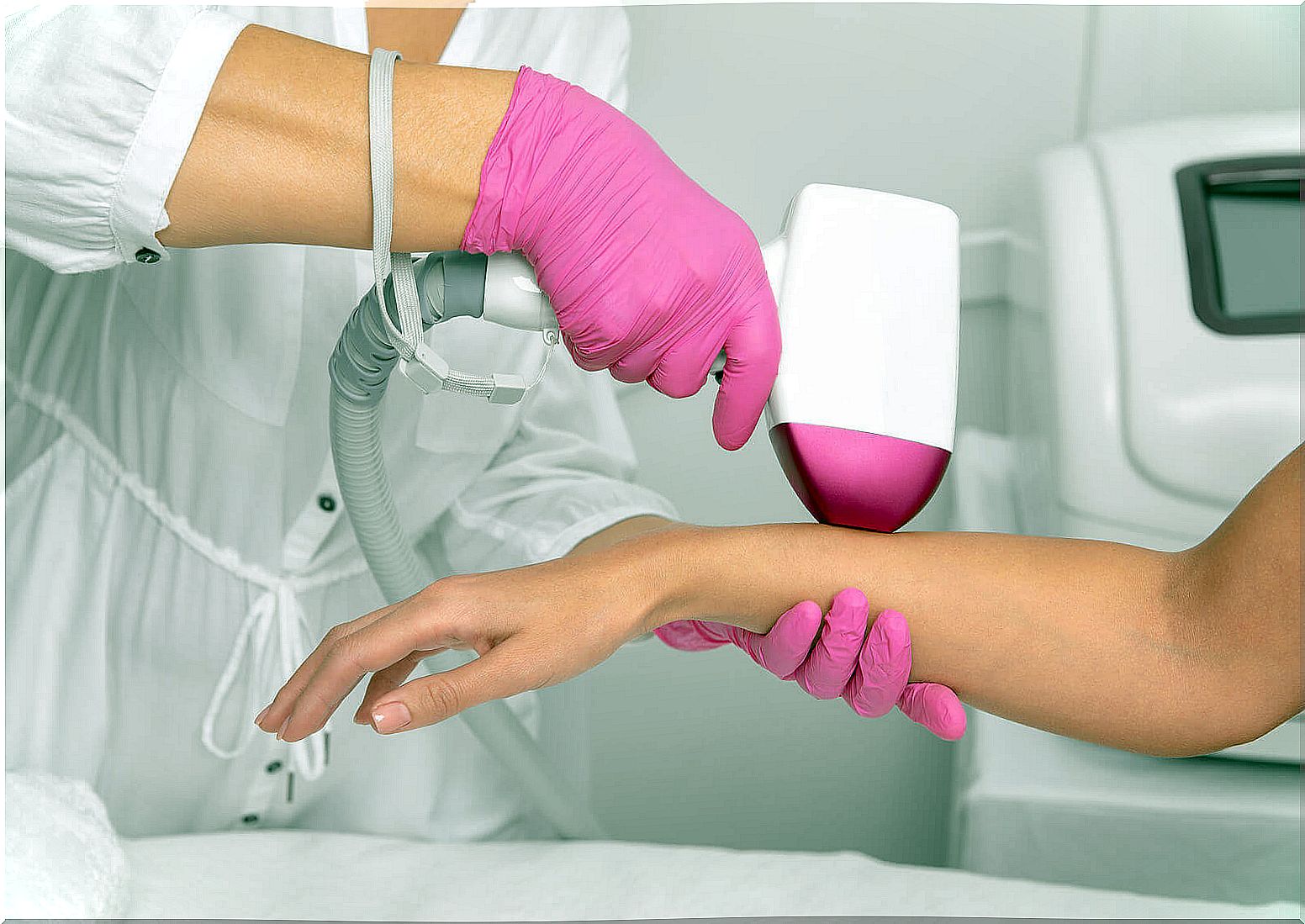
Removal of facial and body hair
Once the correct diagnosis has been made and the indications for treatment are stipulated, it is possible to consider removing excess hair. There are temporary methods of depilation, such as waxing, depilatory creams or razor blades. However, this type of procedure often causes irritation and dermatitis on the treated skin.
Laser hair removal and electrolysis are two of the most recommended techniques because of the duration of their depilatory effects. However, it takes 6 to 8 sessions to start getting the desired results.
Far beyond a matter of fur
The presence of excessive hair in women can generate feelings of shyness, low self-esteem and difficulty in interacting with other people. That’s why, in the face of any sign that indicates any of the pathologies in question, it is recommended to consult a specialist doctor so that the problem is addressed correctly.

